2D Shapes
Regular Polygons
A polygon is a plane (2D) shape with straight sides.
To be a regular polygon all the sides and angles must be the same:
To be a regular polygon all the sides and angles must be the same:
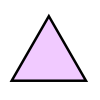 Triangle - 3 Sides | 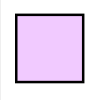 Square - 4 Sides |
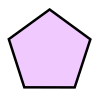 Pentagon - 5 Sides | 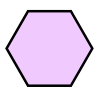 Hexagon - 6 sides |
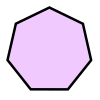 Heptagon - 7 Sides | 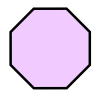 Octagon - 8 Sides |
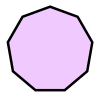 Nonagon - 9 Sides | 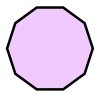 Decagon - 10 Sides |
| More ... | |
Other Common Polygons
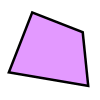 Quadrilateral Any 4 sided 2D shape | 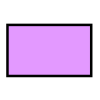 Rectangle - 4 Sides All right angles |
| And many more! | |
Curved Shapes
These 2D shapes have curves, so are not polygons:
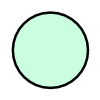 Circle | 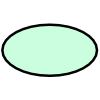 Ellipse |
| And many more! | |
Solid Geometry
| Solid Geometry is the geometry of three-dimensional space, the kind of space we live in ... | 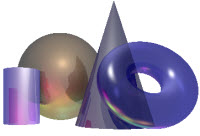 | |
Three Dimensions
It is called three-dimensional, or3D because there are threedimensions: width, depth andheight.
|  |
Simple Shapes
Let us start with some of the simplest shapes:
Properties
Solids have properties (special things about them), such as:
- volume (think of how much water it could hold)
- surface area (think of the area you would have to paint)
- how many vertices (corner points), faces and edges they have
Polyhedra and Non-Polyhedra
There are two main types of solids, "Polyhedra", and "Non-Polyhedra":
| Polyhedra : (they must have flat faces) |
| ||||||||
|---|---|---|---|---|---|---|---|---|---|
| Non-Polyhedra: (if any surface is not flat) |
|
Perpendicular and Parallel
Perpendicular
It just means at right angles (90°) to.
The red line is perpendicular to the blue line in both these cases:
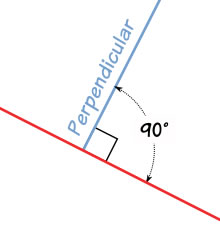 | 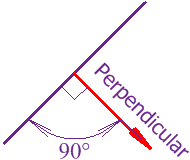 |
(The little box drawn in the corner, means "at right angles", so we didn't really need to also show that it was 90°, but we just wanted to!)
Try for yourself:
Parallel
Lines are parallel if they are always the same distance apart (called "equidistant"), and will never meet. (They also point in the same direction). Just remember:
Always the same distance apart and never touching.
The red line and blue line are parallel in both these examples:
 |  | |
Example 1
|
Example 2
|
Try it yourself:
Perpendicular to Parallel
Question: What is the difference between perpendicular and parallel?
Answer: 90 degrees (a right angle)
Answer: 90 degrees (a right angle)
That's right, when we rotate a perpendicular line by 90° it becomes parallel (but not if it touches!)
 | 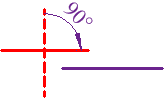 | |
Perpendicular ...
|
Rotate One Line 90°
|
... Parallel !
|
Likewise, parallel lines become perpendicular when one line is rotated 90°.
Parallel Curves
Curves can also be parallel when they are always the same distance apart (called "equidistant"), and never meet. Just like railroad tracks.
The red curve is parallel to the blue curve in both these cases:
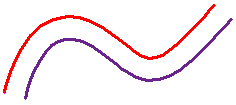 | 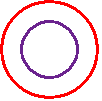 |
Parallel Surfaces
Surfaces can also be parallel, so long as the rule still holds: always the same distance apart and never touching.
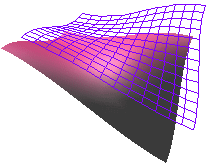









No comments:
Post a Comment